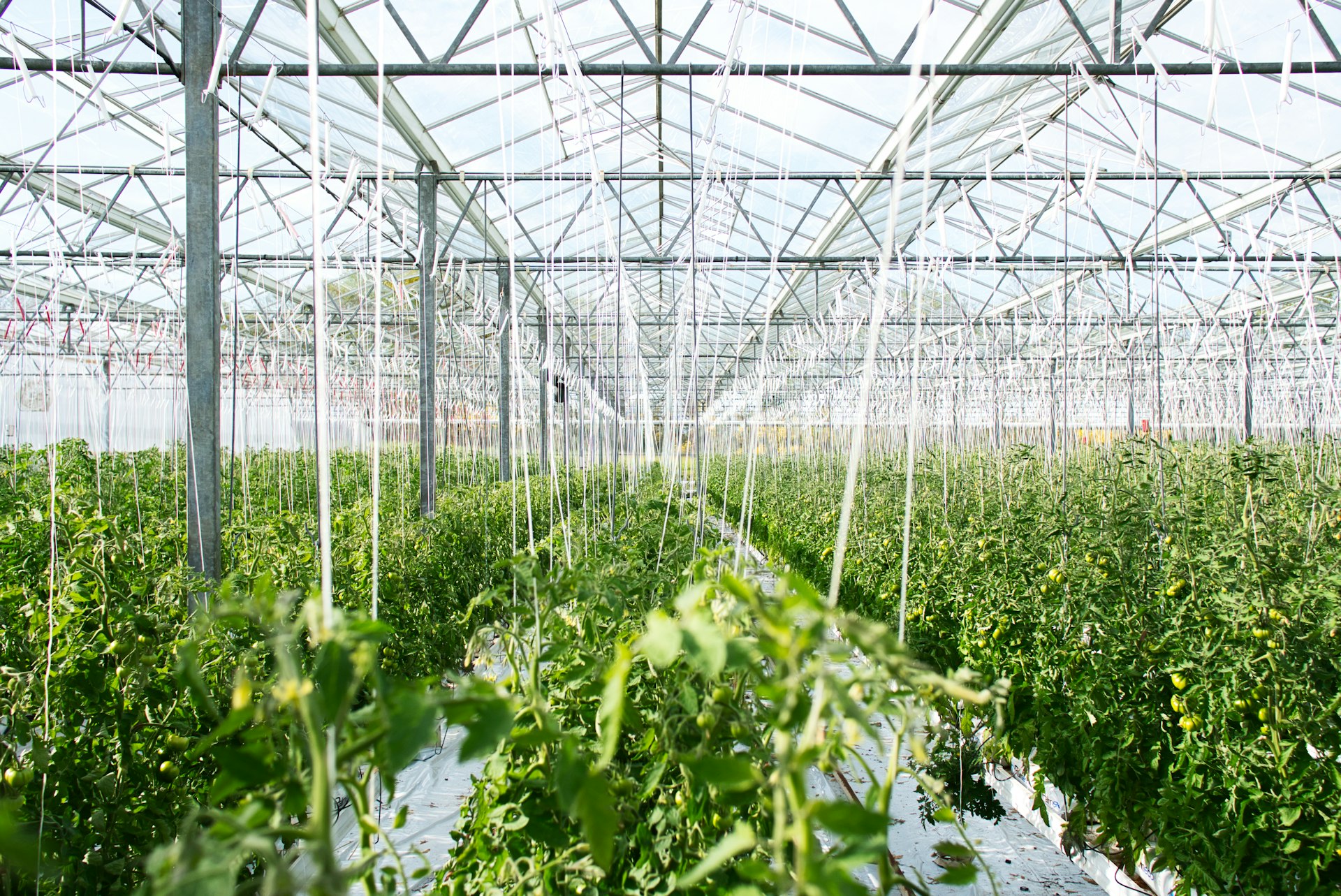In today’s competitive agricultural market, branding is no longer optional — it’s essential. For cooperatives, which often represent smallholder farmers and rural producers, building a strong brand can be a powerful way to increase product value, secure better market access, and foster long-term customer loyalty. This article explores how agricultural cooperatives can build a successful brand, step by step.
Why Branding Matters for Agricultural Cooperatives
A brand is more than just a logo or a name. It’s the promise you make to your customers, the story of your values, and the identity of your products. For agricultural cooperatives, branding offers several key advantages:
- Adds value to raw or unprocessed goods
- Differentiates the cooperative from competitors
- Builds trust and loyalty among consumers
- Attracts investors and partners
- Improves bargaining power in domestic and international markets
By investing in brand development, cooperatives can move up the value chain, shifting from price-takers to price-makers.

Steps to Building an Agricultural Brand
1. Define Your Brand Identity
Start with the basics: What does your cooperative stand for? What makes your products unique? Your brand identity should include:
- Mission and vision
- Core values (e.g., sustainability, fairness, tradition)
- Unique selling proposition (e.g., organic, local, specialty)
2. Understand Your Target Market
Knowing your customers is essential. Research who buys your products, why they buy them, and what matters most to them. For example:
- Are they health-conscious consumers?
- Do they prefer sustainable and organic options?
- Are they local or international buyers?
This insight will help tailor your messaging and design.
3. Create a Memorable Brand Name and Logo
A good brand name should be:
- Easy to remember and pronounce
- Meaningful and relevant
- Available for domain registration and trademark
Your logo should reflect your brand’s values and be scalable for packaging, websites, and social media.

4. Design Consistent Packaging and Labeling
Attractive and informative packaging helps products stand out on store shelves and builds credibility. Include:
- Product origin
- Certifications (e.g., Organic, Fair Trade, VietGAP)
- Nutritional and usage information
- Brand story or QR code for traceability
5. Build a Professional Online Presence
In the digital age, a website and social media channels are must-haves. Your online platforms should:
- Tell your cooperative’s story
- Showcase your products with high-quality photos
- Enable online inquiries or e-commerce
- Include SEO-friendly content for better search rankings
6. Leverage Certifications and Traceability
Certifications like GlobalG.A.P., USDA Organic, or HACCP build trust. Tools like blockchain or QR codes allow consumers to trace products back to the farm — boosting transparency and brand credibility.
7. Engage in Strategic Marketing
Marketing isn’t just advertising — it’s storytelling. Use:
- Farm tours and documentaries to highlight your story
- Email newsletters and blog posts to educate consumers
- Influencer partnerships or chef collaborations
- Trade fairs and expos to connect with B2B buyers
Success Story: Branding Vietnamese Dragon Fruit
A cooperative in southern Vietnam rebranded their dragon fruit as a premium, eco-friendly export product. By investing in packaging, certification, and storytelling, they accessed markets in Japan and Europe — where customers were willing to pay 2–3 times the local price. This shows how branding can unlock high-value markets.

Common Challenges and How to Overcome Them
- Limited funding? Start with small branding efforts — like labels and online profiles — then scale gradually.
- Lack of marketing skills? Partner with universities, NGOs, or branding consultants.
- Fragmented production? Implement quality control and traceability systems to ensure consistency.
Conclusion
Building an agricultural brand for a cooperative is a long-term investment that pays off in reputation, revenue, and resilience. By defining a clear identity, understanding the market, and telling your story effectively, your cooperative can transform from a local producer into a trusted brand — both at home and abroad.